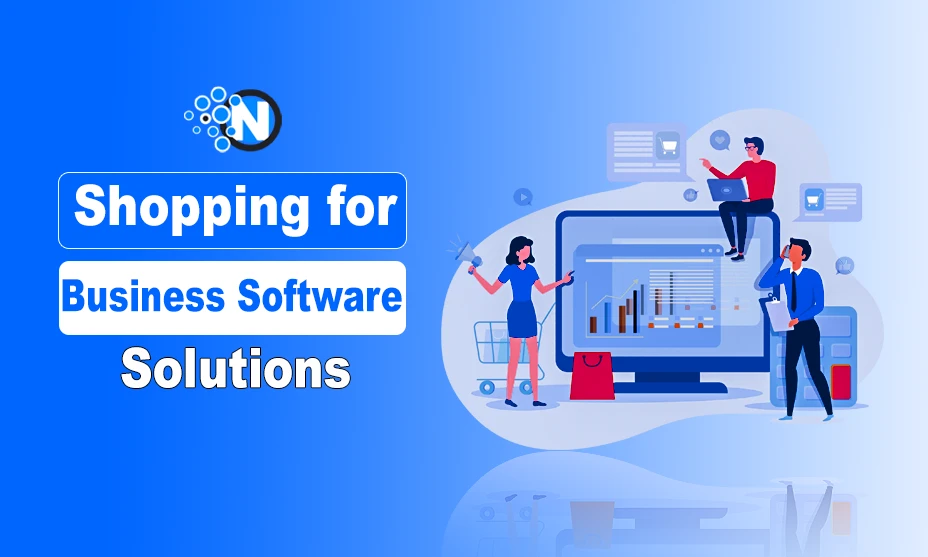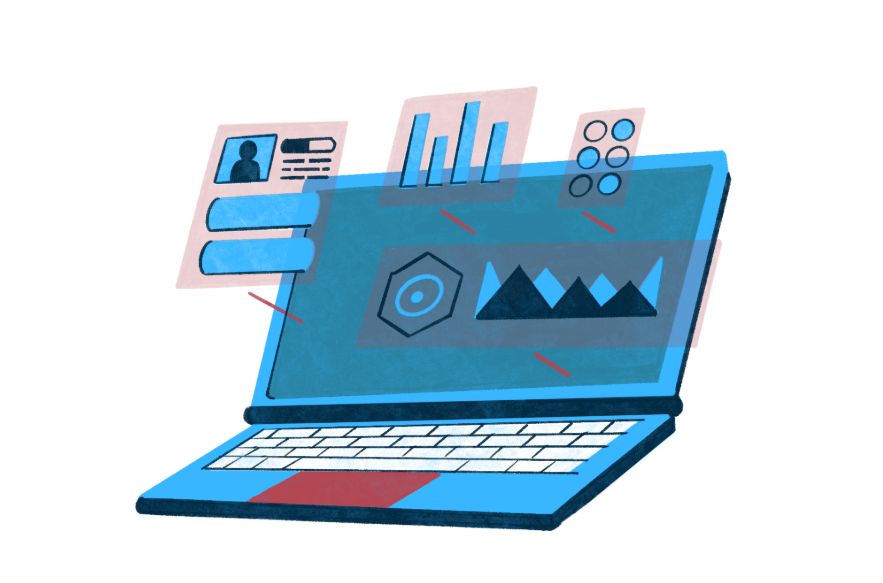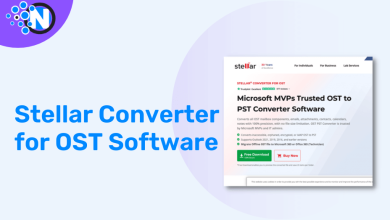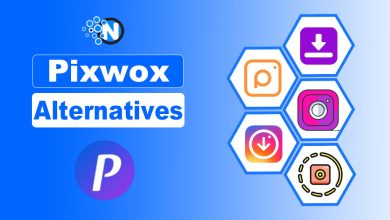How to Guide Businesses Shopping for Software Solutions

According to Statista’s numbers, IT spending on enterprise software amounted to around $913 billion worldwide in 2023, a growth of 12.4% from the previous year.
With more and more businesses are investing in different types of enterprise solutions, choosing the right software solution for your business can be an overwhelming job.
In this article, I have compiled a comprehensive guide to helping businesses navigate their software shopping, from identifying their requirements to finding the best deals.
Let’s start!
Shopping for Business Software Solutions – Comprehensive Guide
Understand Your Business Needs Before You Buy Software
The first step before diving into the sea of software options is a pretty clear comprehension of your business needs. Start by identifying what exactly you want the software to help solve. Would you want to streamline project management, enhance customer relationship management, or maybe even improve data analytics?
By identifying the root causes, you are then able to narrow your search to solutions that align with your business goals. Also, involve key stakeholders in this initial phase so that the software addresses the needs of the various departments.

How to Search for Discounts and Promotions
You will be able to save on purchasing software if you know where to get them. Many providers provide seasonal discounts, bundle deals and promotional offers for new customers. Newsletter sign-ups are necessary if you want to get constant updates from software vendors regarding exclusive deals.
Explore platforms like softwarediscountusa.com that specialize in deals related to software for businesses. Don’t be afraid to reach out to salespeople to negotiate discounts by showing them intent for multiple licenses or a long-term contract. Many times, it will save your organization big bucks on software costs by just looking around for discounts that can be applied effectively.
Defining Key Features and Requirements for Your Software
The moment you identify your business needs, the next thing you want to do is define the basic or key features and functionalities required in your software. Put a checkmark to note the requirements versus the niceties.
For example, if you are looking for accounting software, automation of invoicing and expense tracking should be the must-haves and integration with other tools can be a nice-to-have. This helps in shortlisting solutions that will fit into the core needs so that you are not overwhelmed with unnecessary extras.
Different Software Solutions
Now that you have your feature list, it’s time to start looking into different types of software. Look for solutions matching most items on your checklist and offering extra benefits. Note the user interface, whether the code is easy to integrate with your current in-house systems and whether or not customization is possible or easy.
It’s also helpful to note how long the software has been on the market and the developer’s reputation. Comparing a few options against each other may give you the confidence to choose weighing pros and cons against each other to deliver an optimal value for your business.
Free Trials and Demos
Free trials and demonstrations are perhaps one of the best ways of evaluating software. Most of them give a trial period wherein you can operate the capabilities right on the spot, before buying the software.
Take this opportunity to involve your team and gather feedback regarding the intuitiveness of using the software and serving purposes. Free trials also give you a chance to see the drawbacks that might be difficult to judge by reading about the features.
Reviews and Customer Testimonials
Reading through customer reviews and testimonials will also help you make up your mind about the software. It gives you an overview of what other similar businesses have experienced while dealing with the software.
Find out what past customers think about the product’s reliability, how effective the customer support is, how the product is to be used, or if there is any hidden charge. Note downsides and positive reviews; these may bring out important information about challenges or advantages you are likely to face.
Scalability
The larger your business, the larger its needs. It is, however, important to consider choosing a solution that will grow with your business. Find out if the software can handle an increased workload, more users, or additional tools once your company starts expanding.
Look for solutions providing flexible packages or modules that you can add to your selection. Scalability ensures the value of your investment over a longer period of time and helps you avoid switching software now and then.
Navigating Pricing Models
Software pricing can vary significantly and understanding different pricing models is key to making a cost-effective decision. Subscription-based models are very popular, offering flexibility in a monthly or annual plan that is going to include updates and support.
Prepaid plans can be more budget-friendly for companies that would prefer paying once and forgetting about it. Keep in mind the total cost of ownership, including hidden fees like setup costs, maintenance and training. Consider what works best with your budget and fits your long-term strategy.
Customer Support
One of the most important but ignored reasons for choosing any software is the quality of customer support. Reliable support can make quite a lot of difference, especially when it comes to implementation and troubleshooting. Providers offering multiple channels of support, such as phone, email, or live chat, should be favorable.
Ensure that SLAs have been reviewed to understand what the response times, availability and scope of support are. With a robust support system, technical issues are resolved in no time, which reduces downtime and keeps business processes running without interference.
Security
Security of data is always the utmost point nowadays, with everything being online. Ensure that the solution provides industry standards and follows the required regulations, whether GDPR, HIPAA, or PCI-DSS, pertinent to your industry.
Enquire about the general security features of the software, such as data encryption, two-factor authorization and frequency of security updates. If you are focusing on security, it means building trust with your clients and safely preserving your reputation in the long term.
Final Thoughts
Shopping for software solutions is sometimes overwhelming but need not be strategically go about it. Knowing your needs, keeping an eye out for discounts and scalability, support and security as benchmarks will fortunately lead you to a thought out decision to support the growth and success of your company.



